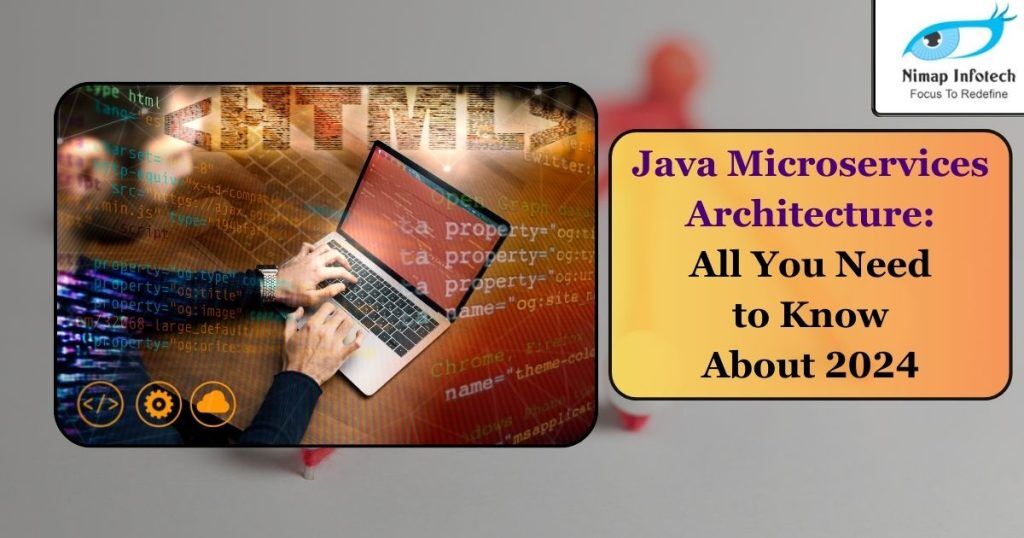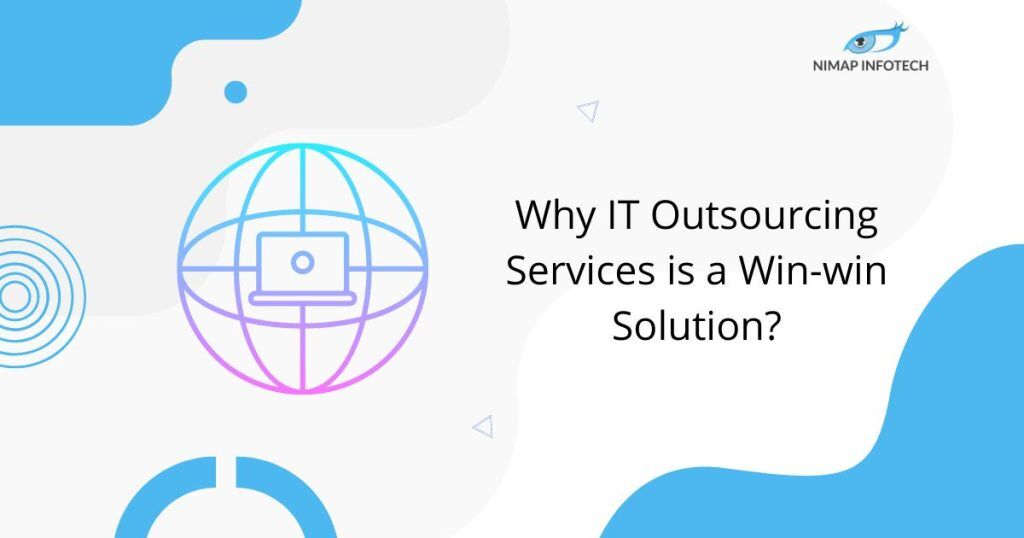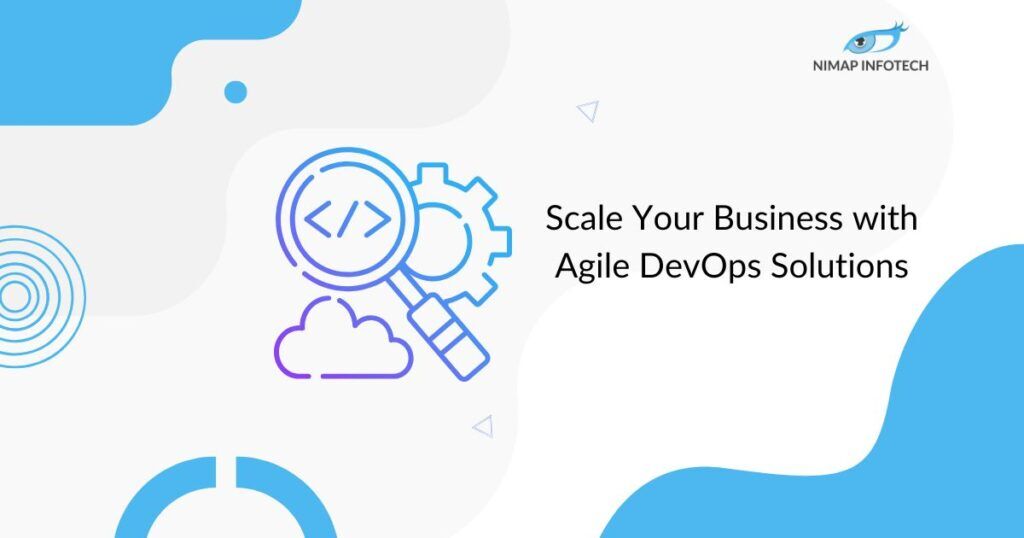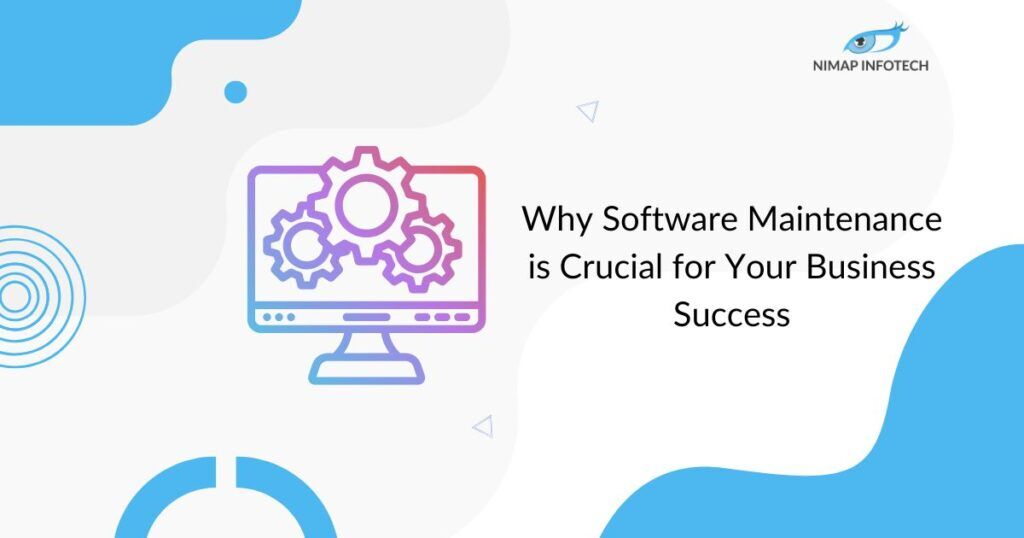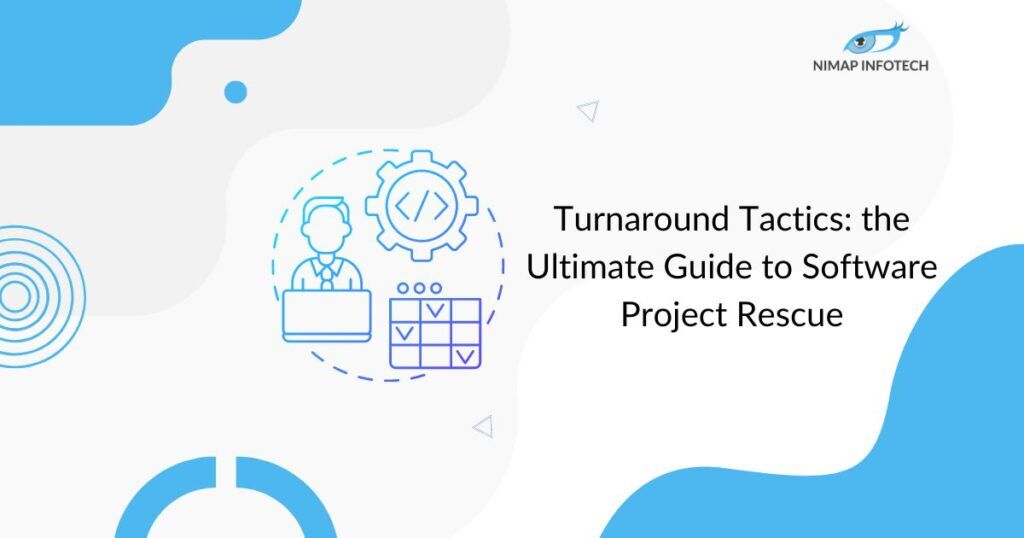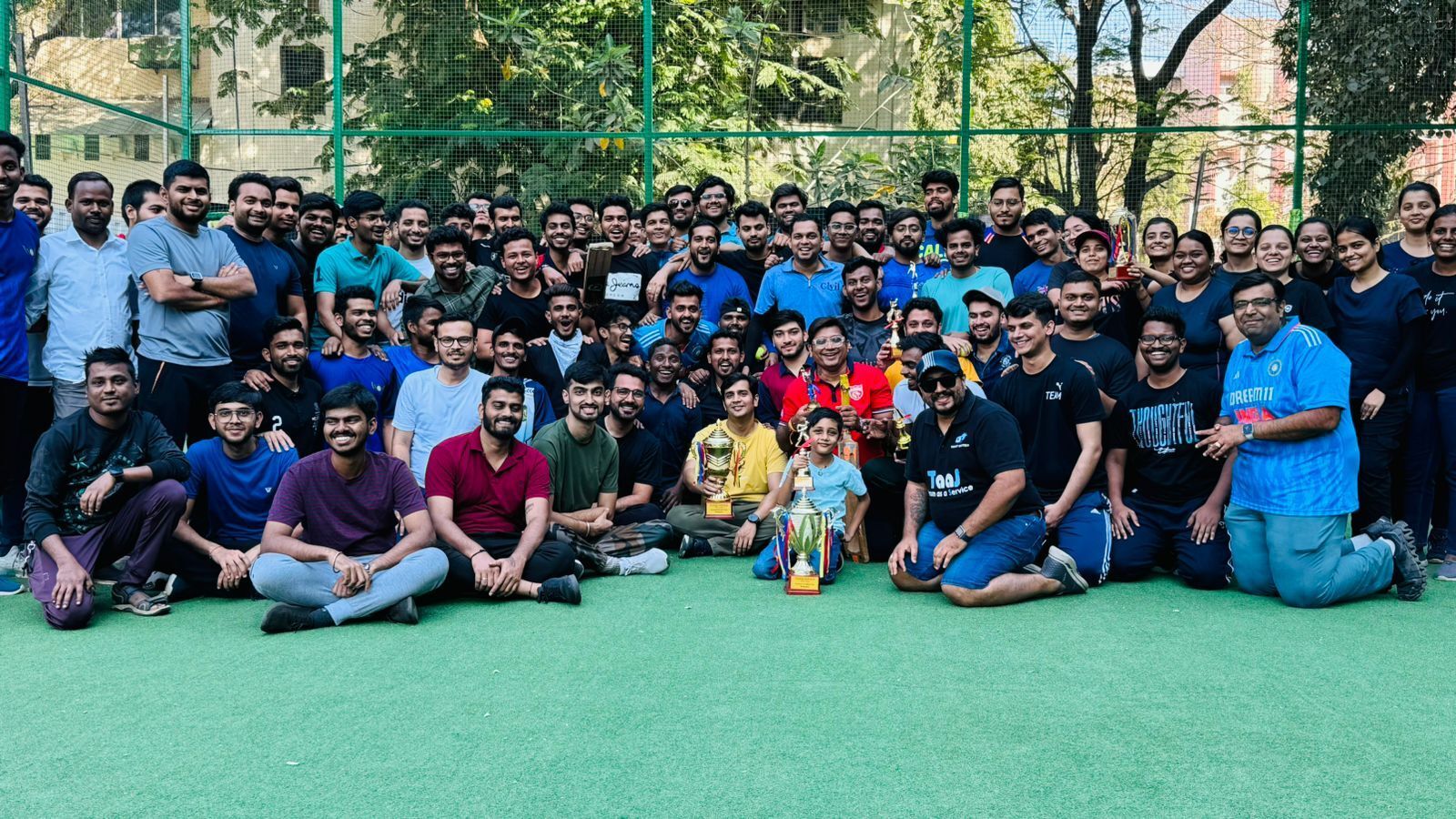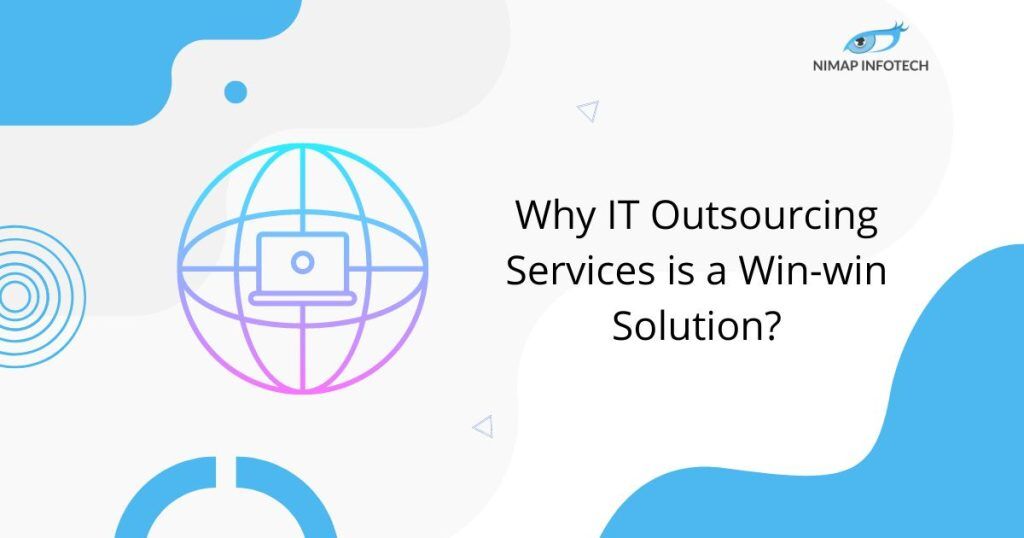Java microservices are one of the newest trends in software development, allowing developers to create unique applications and enjoy increased freedom. Java microservices architecture is used by even the biggest firms in the world, including Amazon, Netflix, Uber, Spotify, and SoundCloud. It works well with several programming languages, including Java, Node.Js, PHP, etc.
Table of Contents
ToggleJava Microservices Architecture: Why Use It?
For your web development projects, the Java microservices architecture makes sense for the following reasons:
Multiple Frameworks:
- Designing the newest projects is made simpler and faster using Java microservices, which are compatible with multiple frameworks.
- Java microservices architecture works with a lot of services, including Spark, Boot, and Jersey.
- Developers can establish communication between microservices and create basic setups with the aid of these frameworks.
- You may create custom microservices with Java by utilizing its many features.
Community Assistance:
- The burgeoning popularity of Java microservices can be attributed to the substantial community support they receive nowadays.
- Relying on the Java Virtual Machine (JVM), the language boasts numerous libraries, enabling the creation of sophisticated websites and apps.
- Java developers can be hired for backend development, cloud-based software, big data projects, and enterprise-grade applications.
- Future-proof, Java microservices merge well with AI and cutting-edge technologies.
Streamlined Syntax:
- When it comes to Java syntax, there’s not much of a learning curve for inexperienced coders.
- Java microservices support CDIs, JAX-Rs, and the most recent Java EE standards for data management.
- Developers can seamlessly design and integrate microservices into projects; the Java development process mitigates issues like overheads.
Also Read: A Complete Guide to Outsource Java Development Projects
How do Java Microservices Work?
Microservices design can lead to higher performance in Java applications. To get the most out of these microservices, the Java Virtual Machine (JVM), in which they are deployed, needs to collaborate with the microservices. A JVM needs to support numerous JVM instances on the same hardware, attain high-performance speeds quickly, and execute at a high level consistently to get the most out of microservices.
For a microservice architecture to work best, even under heavy workloads, JVMs need to operate consistently. The garbage-gathering capability of the JVM is utilized by it to get rid of unnecessary code as part of its job. Most market garbage collectors require pausing applications, which can hinder performance due to prolonged execution and lack of scheduled halting. Unintentionally pausing a program can lead to it being mistakenly reported as an application error. The pauses in the execution of new instances can potentially result in incorrect error reports and unnecessarily cause performance issues.
Advantages of Java Microservices –
Organizations should use Java microservices for several reasons, including:
Productivity:
- Large teams work well together and are best suited for finishing ambitious projects with Java microservices architecture.
- By utilizing the microservices concept, companies can divide themselves into several components and collaborate on the same project independently.
- To accomplish different goals, teams can utilize various tech stacks and work autonomously, choosing the language in which to create microservices.
Processing in Real Time:
- The software application development lifecycle includes important components like continuous testing and deployment.
- Java microservices assist in real-time product processing and are capable of quickly identifying and fixing faults.
- With its ability to execute instantaneous renewals and modifications, it helps developers with the real-time processing feature.
Quickness and Adaptability:
- Agile methodology is becoming increasingly important to modern enterprises, and Java microservices design allows for project autonomy.
- Shorter development cycles allow developers to offer products more effectively.
- Microservices can simplify projects by representing distinct application elements that operate on their own.
- Develop the entire application effortlessly, ensuring success and safety in the end.
- Features are constantly subject to change; a feature’s replacement is simple if it breaks or becomes antiquated.
- Reuse many of these features, establishing a foundation for additional functionalities.
Portability:
- Developers can maximize development, reduce maintenance expenses, and allocate resources more effectively.
- Businesses can freely launch and migrate services, switch between platforms with ease, and make good use of a variety of infrastructure alternatives.
- These services provide a variety of reasonably priced deployment and migration plans.
Essential Ideas and Design Patterns –
Building a web application with “Java Microservices architecture” requires an understanding of fundamental concepts and design patterns for a productive and successful development process. Now, let’s explore key concepts and structures that can greatly assist you on your journey into microservices:
Domain-driven Design:
- To ensure that the design is in line with concepts and procedures found in the actual world, “Domain-Driven Design” places a strong emphasis on modelling software around the business domain.
- A microservices framework defines the boundaries and interactions of each microservice using “DDD.”
- To improve communication and understanding between developers and domain specialists, it helps the development team adopt a single language.
Protocols for Communication: REST and Messaging:
- A faultless system depends on efficient communication between microservices.
- Synchronous communication is frequently facilitated by “REST” (Representational State Transfer), which offers a common protocol for exposing APIs.
- The ability to detach event-driven systems from microservices more easily through asynchronous communication, or “messaging,” improves responsiveness and scalability.
Single Responsibility Principle:
- Microservices architecture is based on the “Single Responsibility Principle.”
- It promotes giving each microservice a single task and a narrow focus on a particular business capability.
- Following “SRP” makes microservices more “scalable,” “maintainable,” and “testable.”
Data Management Strategies:
- Handle data in microservices effectively.
- The selection of suitable data management techniques, like event sourcing or database-per-service, might affect the overall maintainability and performance.
- To maintain consistency in data and minimize dependencies, each microservice should handle its data on its own.
Resilience and Fault Tolerance:
- For a robust system, microservices must exhibit resilience, ensuring the system remains stable even in the face of individual service failures.
- Microservices gracefully manage errors using fault tolerance methods like circuit breakers, timeouts, and retries for enhanced reliability.
- Resilience patterns help ensure system stability and stop cascade failures.
Java Microservices Security –
Authentication and Authorization:
- It is imperative to authenticate users or services that are gaining access to your microservices.
- You may make sure that only authorized users can connect with your microservices by implementing authentication protocols like “OAuth,” “JWT (JSON Web Tokens),” or “API keys.”
- Authentication is a crucial process for managing a user’s or service’s access to various resources and functions.
- Use “role-based access control” (RBAC) or “attribute-based access control” (ABAC) to implement appropriate authorization policies.
Managing Threats and Vulnerabilities:
- To find possible weaknesses in your microservices, do regular code reviews and security audits.
- To protect yourself from new dangers, keep up with the most recent security threats and recommended measures. Appropriate error handling and recording are crucial for identifying and mitigating security threats.
- Stay clear of disclosing private information in error messages that can help hackers.
Read More: Java Programming Language: Reasons Why It’s Most Preferred
A successful deployment requires an understanding of communication patterns, security measures, and microservices principles. Developers can make use of this architecture’s advantages—better modularity, simpler maintenance, and quicker development cycles—by adopting it. Maintaining current with the newest technologies and best practices can help to guarantee that Java Microservices integrates seamlessly with future applications as technology advances.
Nimap Infotech’s proficiency in Microservices development enables you to fully realize the advantages of this architecture for your company. For your Java development project, you can hire Java programmers from us at an affordable price.
Author
-

Sagar Nagda is the Founder and Owner of Nimap Infotech, a leading IT outsourcing and project management company specializing in web and mobile app development. With an MBA from Bocconi University, Italy, and a Digital Marketing specialization from UCLA, Sagar blends business acumen with digital expertise. He has organically scaled Nimap Infotech, serving 500+ clients with over 1200 projects delivered.
View all posts

